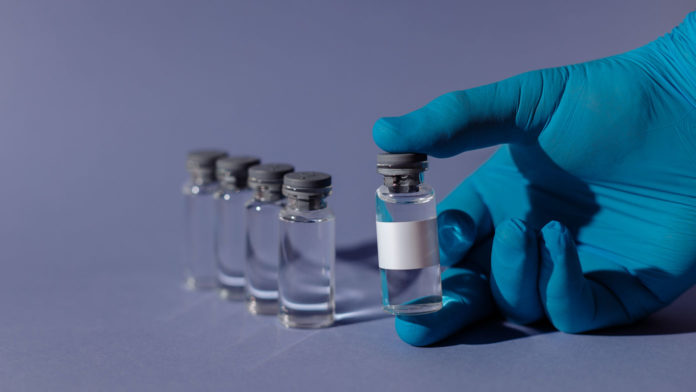The speed at which safe and effective COVID-19 vaccines were developed and approved was unprecedented, and global cooperation made it happen without cutting any scientific corners. But as countries continue to struggle with limited supplies of vaccine doses, one thing is becoming more and more clear: even one year spent proving that a vaccine works is too long to prevent widespread mortality and economic harm during a pandemic.
The faster we can respond as new viruses emerge, the more likely it is that they can be controlled or contained. So is it possible get to work on a vaccine before the next virus with pandemic potential even exists?
Looking for the clues in bat coronaviruses
In the past 20 years, the world has seen three major outbreaks of deadly coronaviruses: SARS, MERS, and now SARS-CoV-2 — the virus that causes COVID-19. All of them are zoonotic, which means that they made the leap from animals to humans. And that close compatibility means that animals like bats continue to be a reservoir for coronaviruses, where mutations can continue to build up.
One way to look for likely candidates is to look at genetic material from samples of bat tissues and droppings. Burton Lim, assistant curator of mammalogy at the Royal Ontario Museum, is one of the researchers leading this work in Canada. In collaboration with virologists Stephen Barr and Ryan Troyer, professors of medicine and dentistry at Western University, and Brock Fenton, professor emeritus of biology, also at Western, they are going to take a closer look at samples collected from 30 countries all over the world since the 1980s.
“Built up over many years of fieldwork researching bats, we have amassed a comprehensive collection of tissue samples from different species and countries, including bats from China,” said Lim in a press release.
“Our tissues, initially frozen at -196°C, are turning into valuable resource for documenting viruses and helping us understand how to fight COVID-19 and new emerging diseases in the future.”
The viruses in the samples are no longer active — a consequence of the preservation process — but they still contain valuable genetic material. Each distinct coronavirus has a different Spike protein, which gives them their characteristic crown-like appearance and is involved in host cell infection.
Starting with genetic sequencing, the team can look for Spike protein sequences that are the most likely to infect humans. From these sequences, they will use those instructions to produce viral proteins and insert them into harmless carrier viruses that can be used as a vaccine.
The idea is to have a wide collection of vaccine candidates banked and ready to scale up quickly as new viruses emerge that may share similar Spike proteins.
Along similar lines, researchers at the University of Saskatchewan’s VIDO-Intervac are culturing bat coronaviruses with live animals and cells from other species to see which mutations are the most common as the viruses try to adapt to a new host. Knowing this information goes one step further towards predicting the next generation of Spike proteins that could be used in a vaccine before they occur in nature. Being at the highest containment level, this is one of the only safe places for this research to be conducted in Canada.
Having candidates ready could even allow for Phase I and Phase II clinical trials to evaluate safety and immune response, even before an actual virus emerges. Phase III clinical trials, however, evaluate effectiveness against real-world viruses, and that would have to wait until a new virus is identified in the community.
Creating a universal coronavirus vaccine
Although they were the focus of many vaccine candidates, Spike proteins aren’t the only ones that a coronavirus needs. They’re a natural target because of their role in infection, but Envelope and Nucleocapsid proteins are more highly conserved than the rapidly-evolving Spike protein, making them possible targets for a universal vaccine that could prime the immune system for variants or entirely new coronaviruses.
Researchers at the University of Waterloo and spin-off company Mediphage Bioceuticals are using this model, as are researchers at the Vector lab at McMaster University. These “trivalent” vaccines that go after three different coronavirus proteins would provide some baseline protection against emerging viruses, even without knowing how they will continue adapt in the future.
The beauty of this model is that such a vaccine could be tested and administered globally before the next outbreak is identified.
The Vector lab is also working on a new way to give a booster after an initial injection that could help build immunity where it the first point of contact. Given that coronaviruses are primarily transmitted through the air, the innovation comes with giving the second dose using an inhaler-like device directly to the lungs. This builds what is called mucosal immunity, in the mucosa that line the respiratory tract, as opposed to antibodies found in blood circulation that are the primary type induced by injected vaccines.
Given the likelihood that we will see other coronaviruses with pandemic potential in the future, these research efforts will help us stay ahead. Building our toolkit now will build preparedness and reduce harm when the next emergency arises.








































